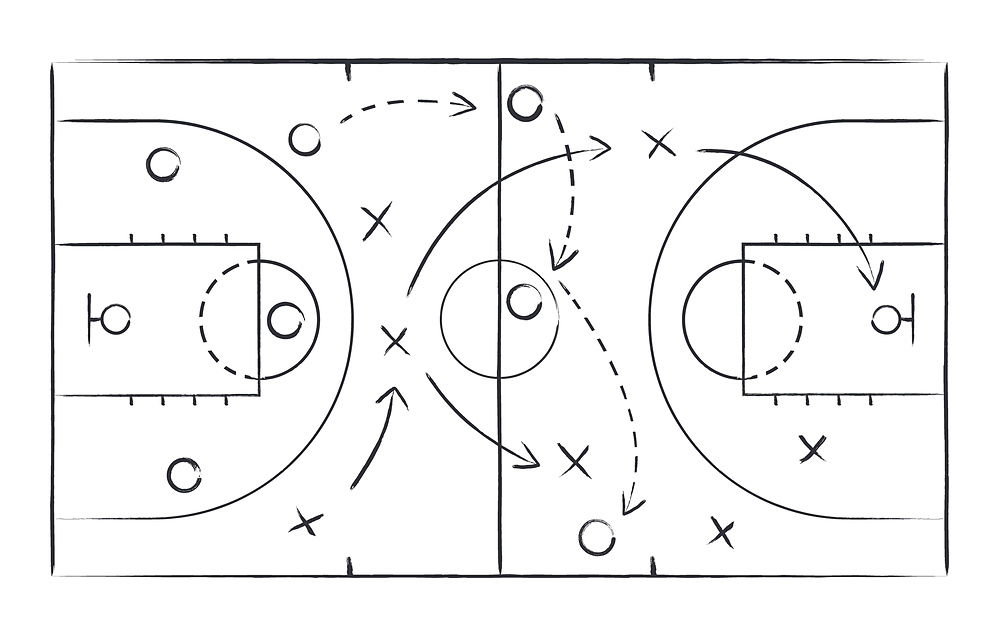June 20, 2025 | News | Recommended Reading
How can we Link NBA Basketball, Physics, and Demography?
Can we predict Steph Curry’s next move on the court?
Last year, Boris Barron started at Max Planck Institute for Demographic Research (MPIDR) as a research scientist in the Migration and Mobility Department. He is a physicist and specializes in modeling complex systems. While at Cornell University, he and his colleagues developed a methodology to analyze detailed positional information of basketball players in NBA games. Their approach adapted a physics-based approach, Density Functional Fluctuation Theory (DFFT), to provide a general framework to infer subtle aspects of the game.

Boris Barron and his former Cornell University colleagues developed a methodology for analyzing the detailed positional information of NBA basketball players. © iStockphoto.com / StartStock
What did Boris and his colleagues find? "We can predict the location of a player based on the locations of the other players and the ball, and we can use these player locations to determine the likelihood of various play outcomes (e.g., whether the result will be two points or a missed shot). Building on these results, we were able to identify players who position themselves appropriately to help their team defensively, and quantify how offense players attract the defense at different parts of the court. This ‘attraction of the defense’ quantifies a previously elusive concept in basketball that is often referred to as ‘player gravity’. Our gravity results align very well with known scoring tendencies of players. For example, Stephen Curry has very high gravity near the three-point line, gravity that is often greater than a typical NBA player with the ball when Curry does not have the ball. We also considered several forward-looking applications, such as how quickly players can adapt positionally to developing plays, a concept that has sometimes been referred to as ‘basketball IQ’,” says Boris.
He based his research on Density-Functional Fluctuation Theory (DFFT), a general theory of crowds first developed by his Cornell supervisor, Tomás Arias, in 2018. In that paper, they established the core theory and applied it to predicting the distribution of fruit flies under various scenarios.
Read more in the Cornell Chronicle.
MPIDR is happy to have Boris and his skill set on board. Currently, he is using Density-Functional Fluctuation Theory and related approaches to analyze segregation. "Traditionally, people try to measure the separate of groups by using indices that have certain desirable qualities. We're trying to show how function-based measures are in many respects more natural and demonstrate how these functions can be systematically derived, utilized, and related to index-based measures of segregation. In an upcoming study, we show not only how segregation measures can be quantified but also used to integrate segregation literature with population forecasting.”
Original Publication
Boris Barron, Nathan Sitaraman, and Tomás Arias: "Analyzing NBA Player Positions and Interactions with Density-Functional Fluctuation Theory" in Scientific Reports (2025). DOI: 10.1038/s41598-025-04953-x
The Paper is part of the “Social Behavior and Interaction” Collection in Scientific Reports.
Keywords
Density Functional Theory, Statistical Physics, Density Functional Fluctuation Theory, Sports Analytics, Spatio-Temporal Data